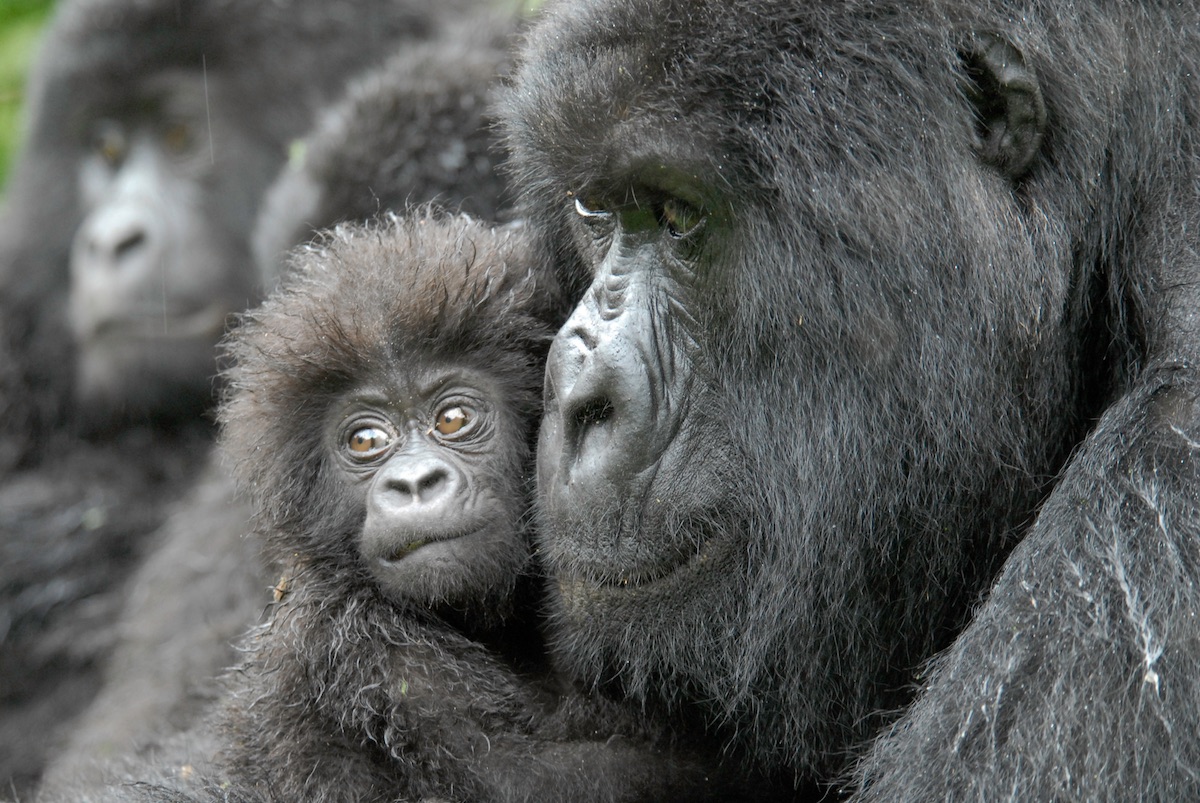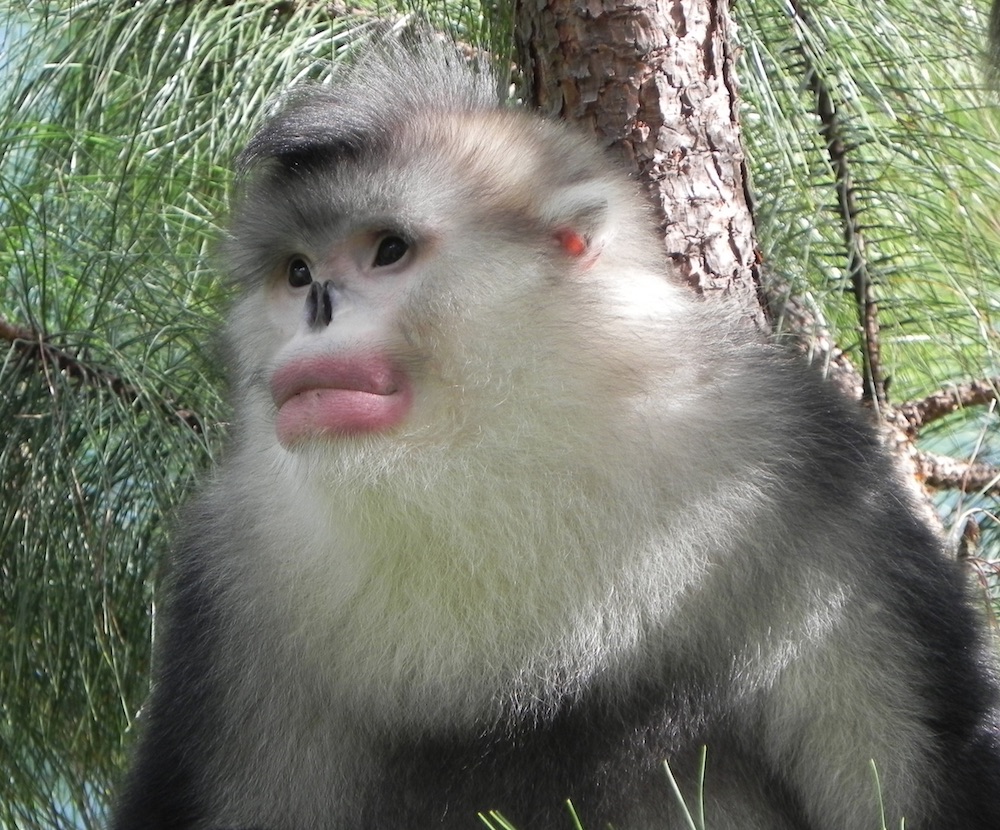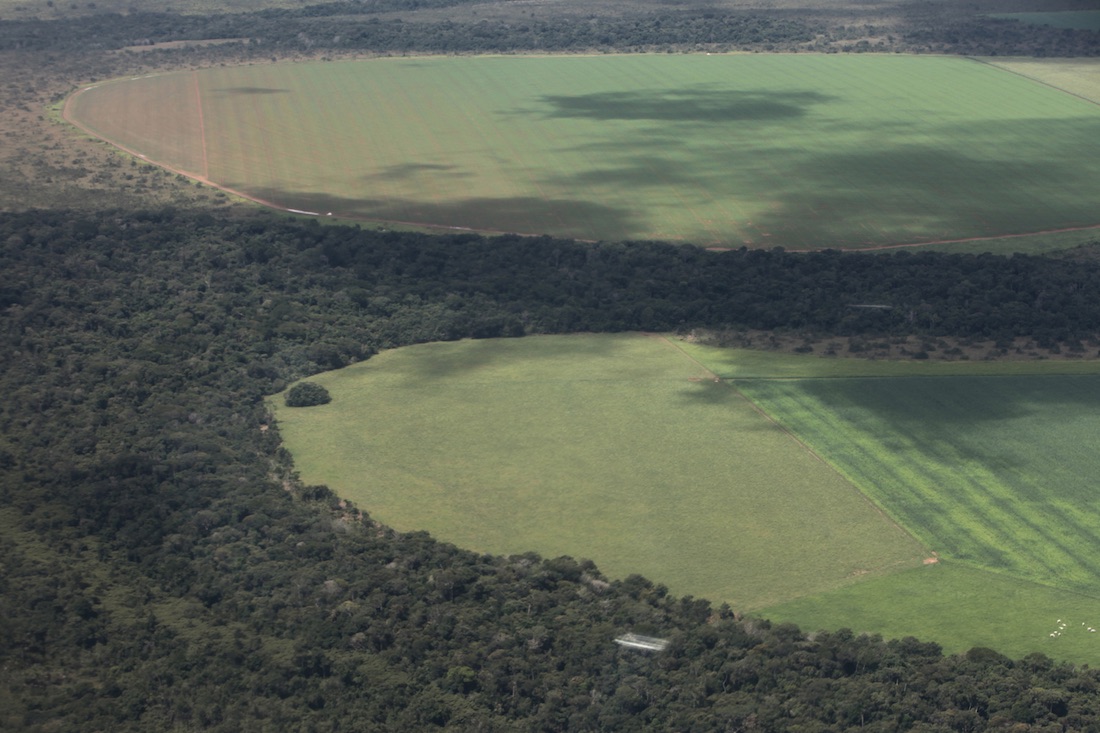More Than Half of All Primates Threatened with Extinction

A future without primates outside of humans seems unthinkable, but an extensive review of ape, monkey, tarsier, lemur and loris populations finds that 60 percent of all primates are now threatened with extinction, and about 75 percent are declining in numbers.
The review, the most comprehensive of its kind to date and published in Science Advances, paints a dire future for our closest biological relatives. Their only hope hangs on global conservation becoming an immediate priority, the international team of authors says.
"It is possible that some primates will go extinct in our lifetimes if we don't increase our efforts dramatically," Russell Mittermeier, a primatologist who is the president of Conservation International, told Seeker from a Madagascar airport.
Madagascar is one of just four countries—with Brazil, Indonesia and the Democratic Republic of Congo being the other three—that host two-thirds of all species of primates. Mittermeier, who is also the chair of the IUCN/SSC Primate Specialist Group, explained that "primates are largely tropical rainforest animals," and these countries have such habitat, although these once-lush landscapes are shrinking across the planet.
A species of monkey might have already gone extinct during your lifetime: Miss Waldron's red colobus monkey. It was reportedly last seen in 1978.
RELATED: Climate Change Caused Hundreds of Local Extinctions in 2016
Paul Garber, who co-led the new study with Alejandro Estrada, said, "Several species of lemurs, monkeys and apes—such as the ring-tailed lemur, Udzunga red colobus monkey, Yunnan snub-nosed monkey, white-headed langur and Grauer's gorilla—are down to a population of a few thousand individuals."
Sign up for the Live Science daily newsletter now
Get the world’s most fascinating discoveries delivered straight to your inbox.

Garber added, "In the case of the Hainan gibbon, a species of ape in China, there are fewer than 30 animals left."
Contrast those low numbers with the current estimated population of humans on the planet, around 7.4 billion. Our actions are behind all of the factors that currently threaten primate populations. The IUCN has found that agriculture, logging and wood harvesting, livestock farming and ranching, as well as direct loss due to hunting and trapping pose the primary threats. Still other threats include habitat loss due to road and rail construction, oil and gas drilling and mining, pollution and climate change.
Reducing the impact of such threats would require addressing issues concerning local poverty and population growth, Garber said.
"Building economies based on the preservation of forests and their primate inhabitants, and broadening educational opportunities for women would begin to address some of the greatest threats to these animals."

Those proposed solutions, however, will need substantial time to implement, and primates are running out of time. Given their low populations, most are "in the eleventh hour," Garber said.
RELATED: Should We Bring Extinct Animals Back to Life?
Mittermeier agrees that the drivers of primate destruction clearly must be addressed, "but if that is all we do, the primates will be gone before we have the impact desired."
He continued, "We need very specific targeted approaches to primate conservation, focusing on the highest priority regions, ensuring that protected areas work where they already exist and creating new ones where they don't, and carrying out targeted efforts for the most endangered."
He and his colleagues point out that non-human primates offer critical insights into our own evolution, biology and behavior. They are key to rainforest ecosystems, with their decline impacting other animal populations as well as plants. In the wild, they also benefit local economies, given the growth of ecotourism in recent years. Mittermeier is even hoping that "primate-watching" will become as, or more, popular than bird-watching, "to get more people out into the forest and to get more excited about helping to conserve."
Madagascar, with its 111 species and subspecies of primates—94 percent of which are endangered—offers particularly rewarding ecotourism opportunities. Mittermeier explained that the country has been isolated from the rest of the world for at least 90 million years, so primates evolved there to fill many different ecological niches.
Primate conservation requires a global effort, however, with both local and national governments affecting funding, attention and effort directed to solving related problems.
As for the incoming new American president, Mittermeier said, "I don't think Donald Trump has primate conservation high on his priority list. We just don't know what he will do, and will have to adopt a wait and see approach."
Original article on Seeker.









